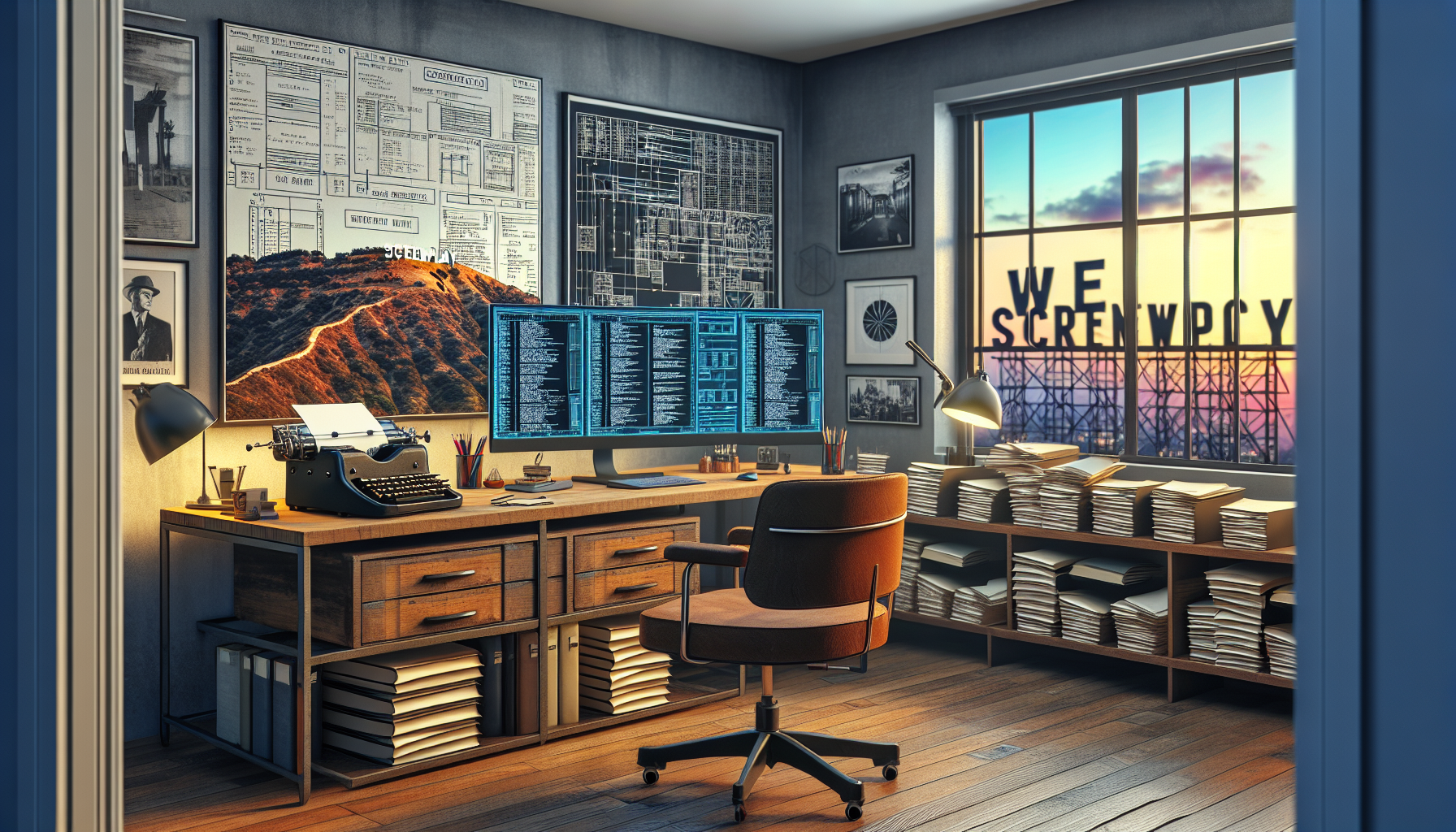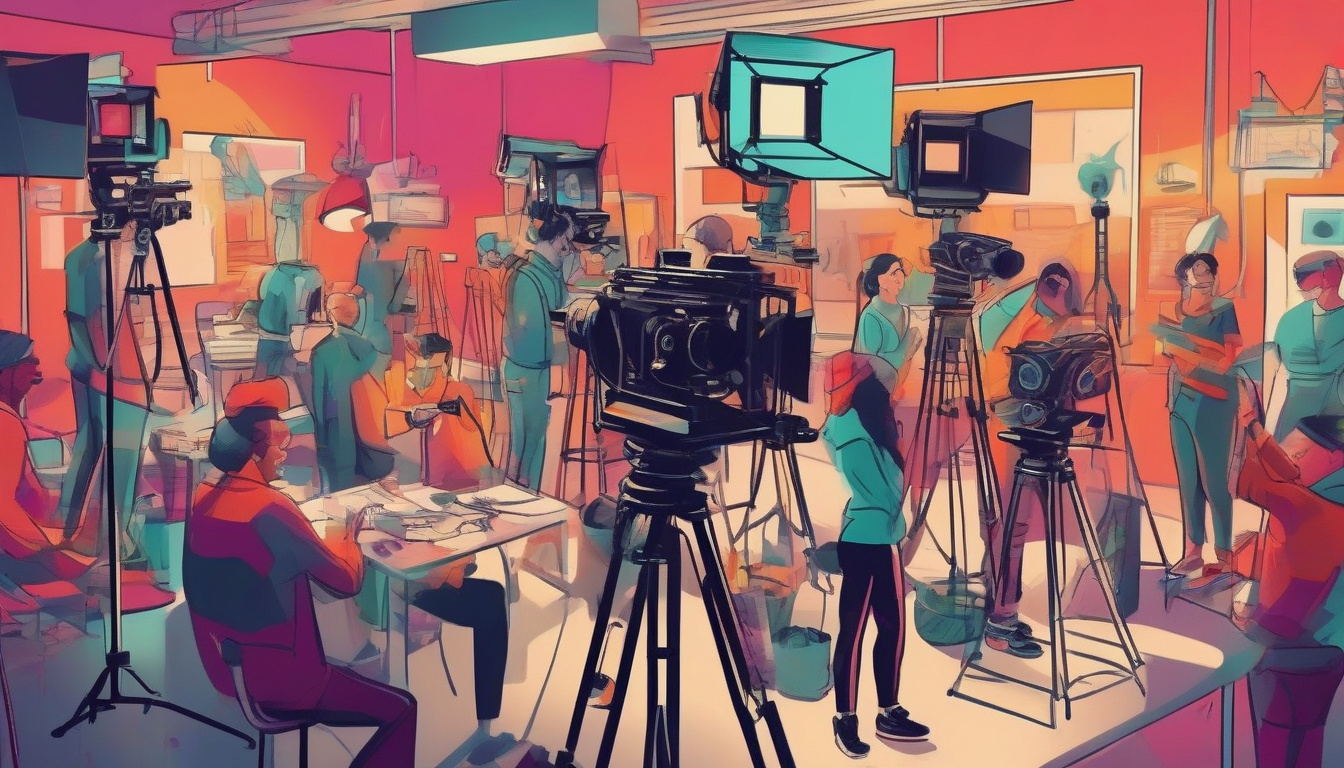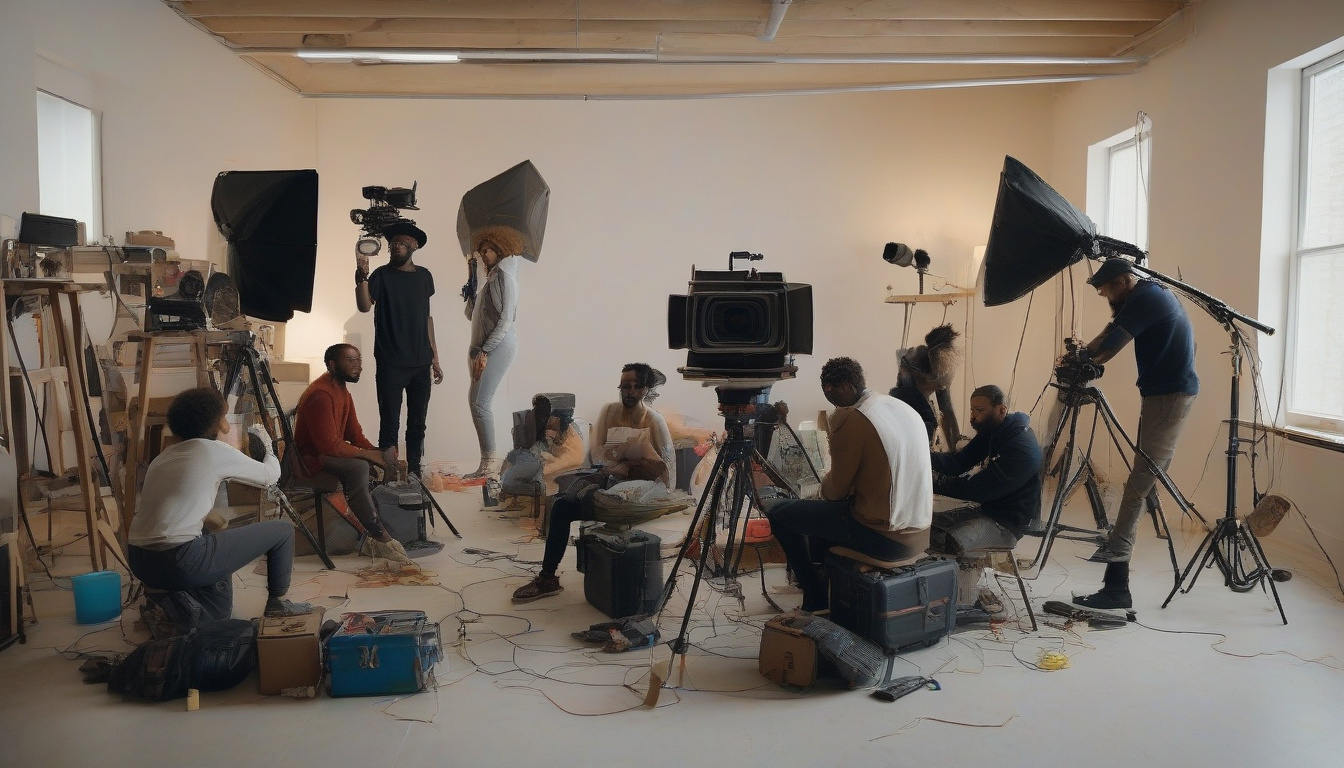
Welcome to the Whimsical World of Screenwriting Formatting!
Are you ready for a wild ride through the riveting realm of screenplays? Buckle up, creative souls! We’re diving headfirst into the art form that transforms coffee-fueled nights and rambling voice notes into potential cinematic masterpieces! You might think formatting is the dull sidekick to the sexy superhero that is story—but without it, your screenplay could be as appealing as a dead pixel on your new 4K TV.
Why Formatting Matters
Imagine you’re a chef. Your screenplay? It’s a tantalizing dish in a Michelin-starred restaurant where the elite Hollywood diners feast. The formatting? That’s you arranging this dish so beautifully on the plate that the snooty critic can’t help but award you those coveted stars. See, without the proper format, your delicious dialogue and juicy scene descriptions can end up looking—and tasting—like reheated frozen lasagna.
The Basic Elements of Screenplay Formatting
Let’s get our hands on those screenwriting utensils, shall we?
Scene Headings (aka Slug Lines)
These bad boys are your screenplay’s GPS. Each scene begins with one, guiding the reader through locations and times like a charm. Formatted in ALL CAPS, here’s what it contains:
– INT./EXT.: This little bit tells us whether the action is taking place inside (INT.) or outside (EXT.).
– LOCATION: Be specific but not creepy stalker specific. JIMMY’S BEDROOM is enough—no need for THIRD DRAWER OF JIMMY’S DRESSER.
– TIME OF DAY: It’s usually DAY or NIGHT, folks. Sometimes DAWN or DUSK just to spice things up, but this isn’t a 24-hour time check.
Action Lines
Action lines are like your screenplay’s dance moves—they’ve got to be sharp, crisp, and clear. Keep these as concise as possible; think of it as flirting with the reader—you wanna tease with your descriptions, not overwhelm them with your life story.
Character’s Name
When a character is introduced for the first time, their name should shout from the rooftops in ALL CAPS. After that grand entrance, you can chill out on the capitalization. Place the name centrally above their dialogue, and remember, give them a name that sticks—not just DRIVER or WOMAN #2. Give us a hint of flavor; let’s go with something like EDDIE THE SHOEWHISPERER—see, much more interesting!
Dialogue
This is where your characters get to show off their sparkly personalities. Each line of dialogue appears directly under the character’s name, not venturing to far off lands (aka margins)—keep it centered. Now, unleash your inner poet, but remember, natural speak is the golden goblet here.
Parentheticals
Ever felt the need to explain just how sarcastically someone should say, “Great, another alien invasion”? That’s where parentheticals come in, but use them sparingly like that hot sauce you love—it should accentuate, not overpower. Nestle these right below the character’s name, snug between those dialogues.
Transitions
Old-school as grandpa’s tweed jacket but still handy. Transitions like CUT TO: or DISSOLVE TO: tell us how to move from one scene to another. They hang out on the right side of the page, chilling in ALL CAPS, but don’t rely on them too heavily because, let’s face it, no one likes a control freak.
Common Pitfalls and How to Dodge Them
Now that you’re armed with formatting finesse, let’s tackle a few quicksand traps for the unwary scribe:
- Overusing Camera Directions: Unless you’re also directing, let the director do their thing. Your job? Tell a compelling story.
- Underusing White Space: A cluttered page is like a cluttered mind—nobody wants to navigate through that. Embrace brevity and keep it airy.
- Ignoring Software: In this tech-fueled age, professional screenwriting software isn’t just a fancy accessory; it’s a necessity. Softwares like Final Draft and Celtx are not cheating—they are enhancing your screenplay’s readability and your professionalism.
Master the meticulous art of screenplay formatting, and your script won’t just be a story—it’ll be a storyboard, ready to spring to life on the silver screen. Go forth, format wisely, and remember: a well-formatted screenplay is the sprinkle of paprika on your cinematic deviled egg.






